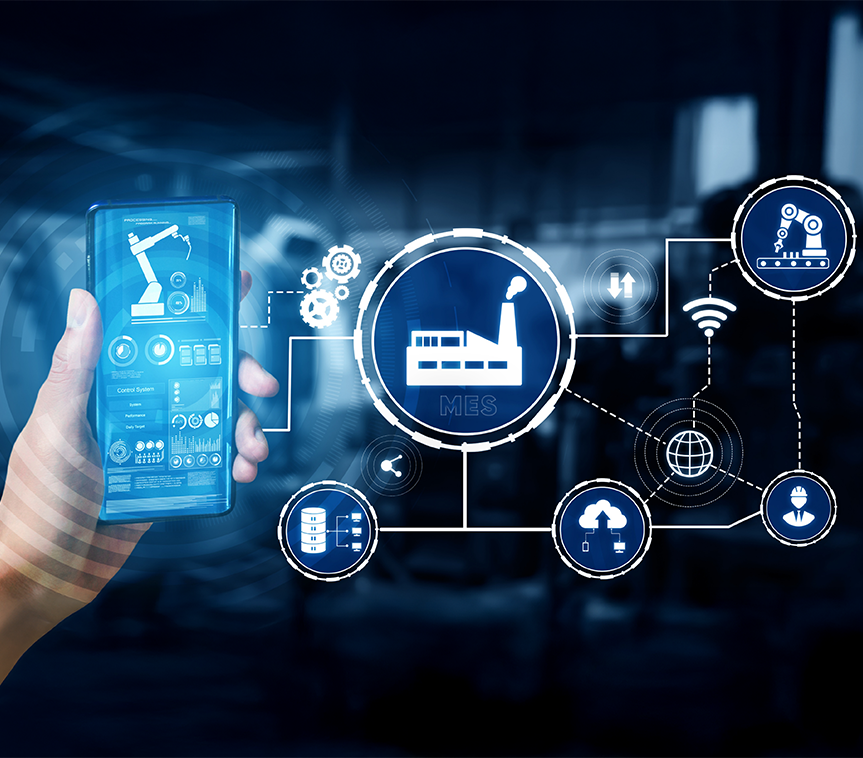Production Parameters and Monitoring
It enables the definition and instant monitoring of parameters such as temperature, pressure and speed, which are critical in the production process. Thanks to continuous monitoring, production quality is increased and early intervention is provided in case of possible deviations.
Features
- Parameter Definition
- Determining Threshold Value
- Instant Monitoring
- Data Analysis and Reporting
Parameter Definition
Parameters such as temperature, humidity, pressure, equipment speed and energy consumption that need to be controlled during the production process are defined through the system. These parameters directly affect production quality.
Threshold Value Determination
Minimum and maximum limit values are defined for each parameter. Thanks to these thresholds, deviations in production conditions are instantly detected and the system gives a warning.
Instant Monitoring
Parameters in the production line are monitored in real time from the system. With graphics, tables and indicator panels, operators and managers can easily monitor the instant status.
Data Analysis and Reporting
The collected data is analyzed on a time series basis to identify trends in production. Quality, efficiency and stability reports are created based on these analyses.

